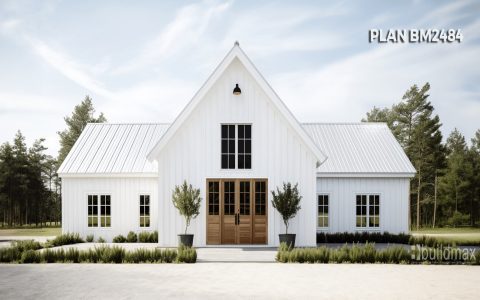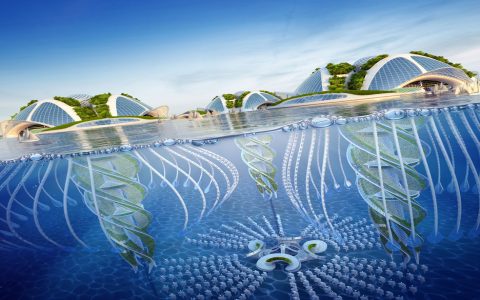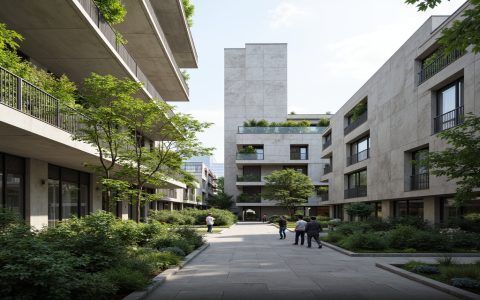A modern gable house reinterprets the traditional gabled roof form through the lens of contemporary design, emphasizing simplicity, functionality, and a strong connection to the surrounding environment. This architectural style marries the iconic, steeply pitched roof with minimalist aesthetics and innovative materials.
Key Characteristics
- Clean Lines and Minimalist Forms: Modern gable architecture prioritizes uncluttered facades, sharp geometric lines, and a deliberate avoidance of unnecessary ornamentation. The overall impression is one of sleekness and sophistication.
- Prominent Gable Roof: The defining feature is the gable roof, often expressed with a steep pitch, an asymmetrical design, or a bold cantilever. It can be a single, dominant form or a series of interconnected gables.
- Use of Modern Materials: Common materials include standing seam metal roofing, large expanses of high-performance glass, natural wood cladding (often with dark stains or charred finishes like Shou Sugi Ban), exposed concrete, and steel accents.
- Emphasis on Natural Light: Extensive glazing, such as floor-to-ceiling windows, strategically placed picture windows, clerestory windows, and skylights, is integral to flooding interior spaces with daylight and connecting occupants with the outdoors.
- Open and Flexible Floor Plans: Interior layouts typically feature open-concept living areas, promoting a sense of spaciousness, flow, and adaptability to modern lifestyles. Vaulted ceilings under the gable are common, enhancing volume.
- Strong Indoor-Outdoor Connection: Design often incorporates large sliding or bi-fold doors, expansive decks, covered patios, and thoughtful landscaping to seamlessly integrate interior living spaces with the exterior environment.
Design Elements and Considerations
The successful execution of a modern gable house relies on the careful selection and integration of various design elements.
- Roof Profile and Material: The pitch, symmetry, and material of the gable roof are critical. Metal roofing is favored for its sleek appearance and durability, while variations in pitch can create dynamic visual interest.
- Exterior Cladding: A palette of contrasting or complementary materials is often used. Vertical wood siding, dark metal panels, smooth stucco, and board-formed concrete are popular choices that enhance the modern aesthetic.
- Fenestration Strategy: Window placement and style are carefully considered to maximize views, optimize natural light, and maintain privacy. Minimalist window frames and large glass panes are characteristic. Gable-end windows are often a focal point.
- Interior Volume and Finishes: The interior often benefits from the high ceilings created by the gable roof. Finishes are typically restrained, focusing on natural textures, neutral color palettes, and high-quality craftsmanship.
Benefits
- Timeless Aesthetic Appeal: The fusion of the traditional gable form with modern design principles results in architecture that is both familiar and refreshingly contemporary, offering enduring visual appeal.
- Efficient Use of Space: The inherent geometry of the gable roof naturally creates opportunities for voluminous interiors, including loft spaces or full-height rooms within the roof structure.
- Climatic Adaptability: The pitched roof design is highly effective at shedding rain and snow, making it a practical choice for a wide range of climates.
- Design Versatility: The modern gable concept can be adapted to various scales, from compact cabins to expansive family homes, and can be tailored to diverse site conditions and programmatic requirements.







